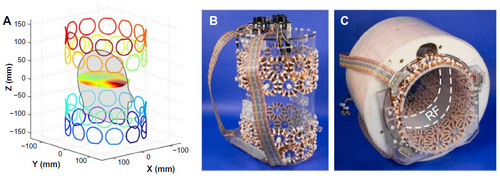Figures & data
Figure 1 Graphic of the spherical harmonic functions up to n=2 on the surface of the unit sphere.
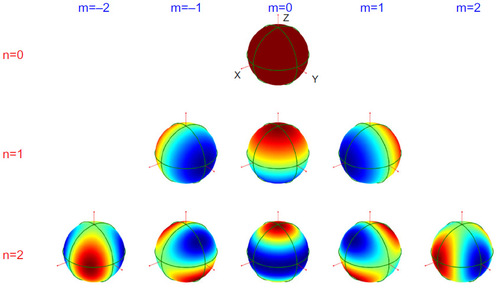
Figure 2 Passive intra-oral shim made of pyrolytic graphite.
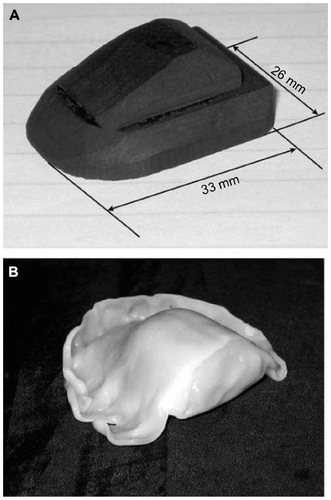
Figure 3 Passive permalloy shim solutions for a second-order shim set.
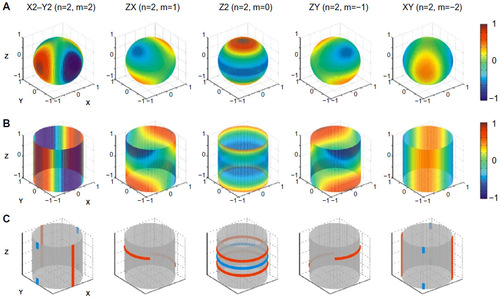
Figure 4 Passive shim assembly for a mouse head.
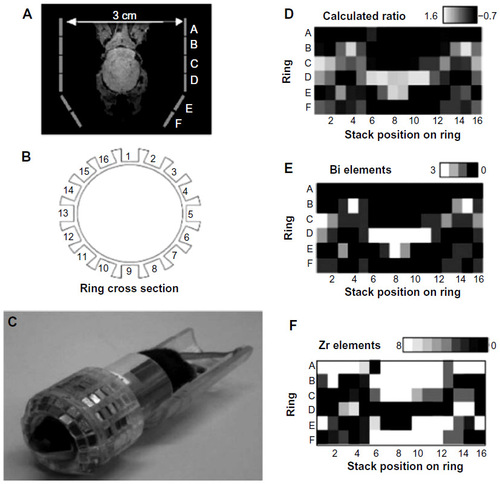
Figure 5 A passive shim assembly for the human head using niobium cylinders.
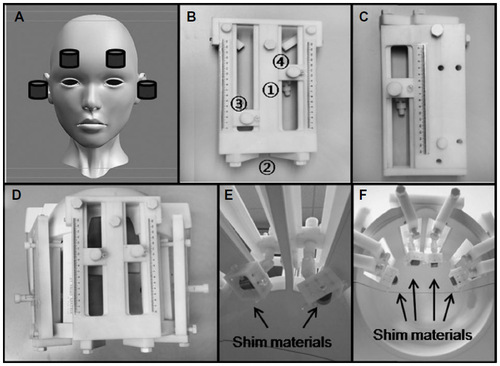
Figure 6 Multicoil active shim assembly for mouse imaging/spectroscropy.
Abbreviation: RF, radio-frequency.

Figure 7 Multicoil shim assembly for the human head.
Abbreviation: RF, radio frequency.
